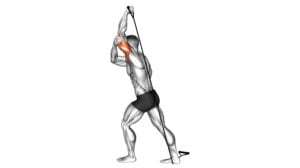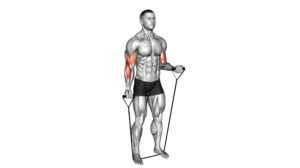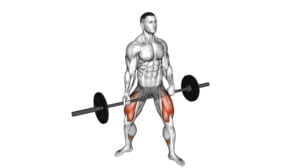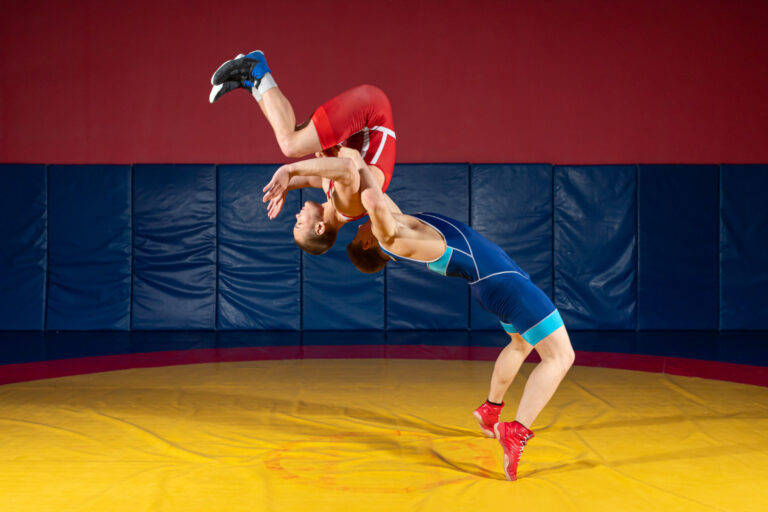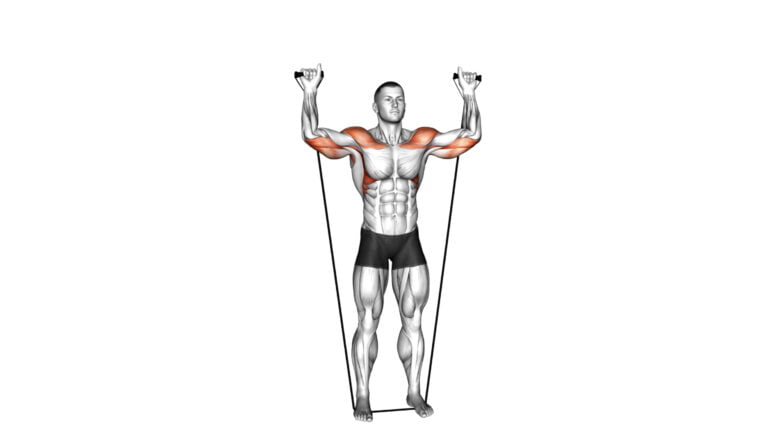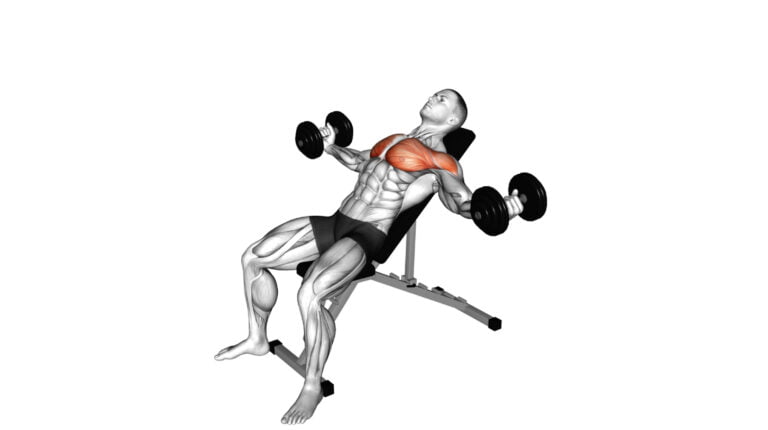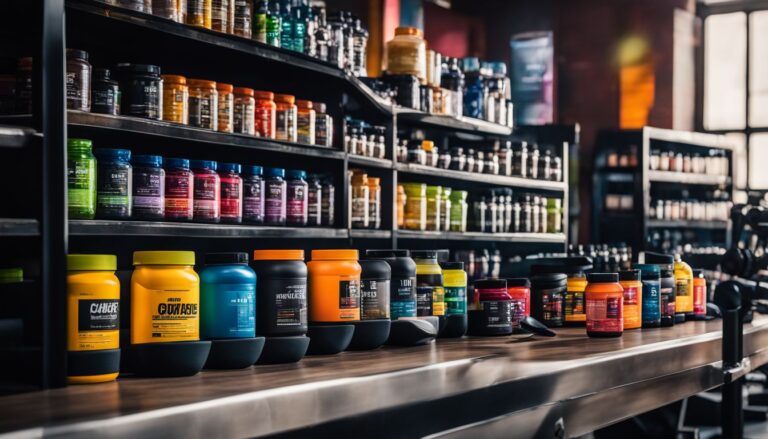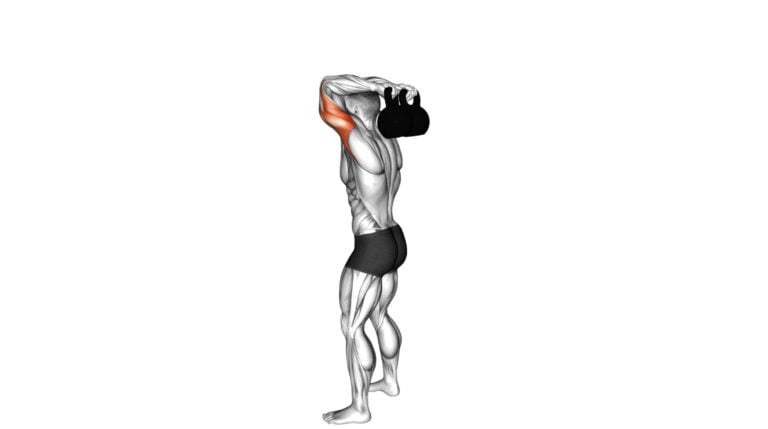10 Lower Bicep Exercises For Sculpted Arms: The Ultimate Workout Guide
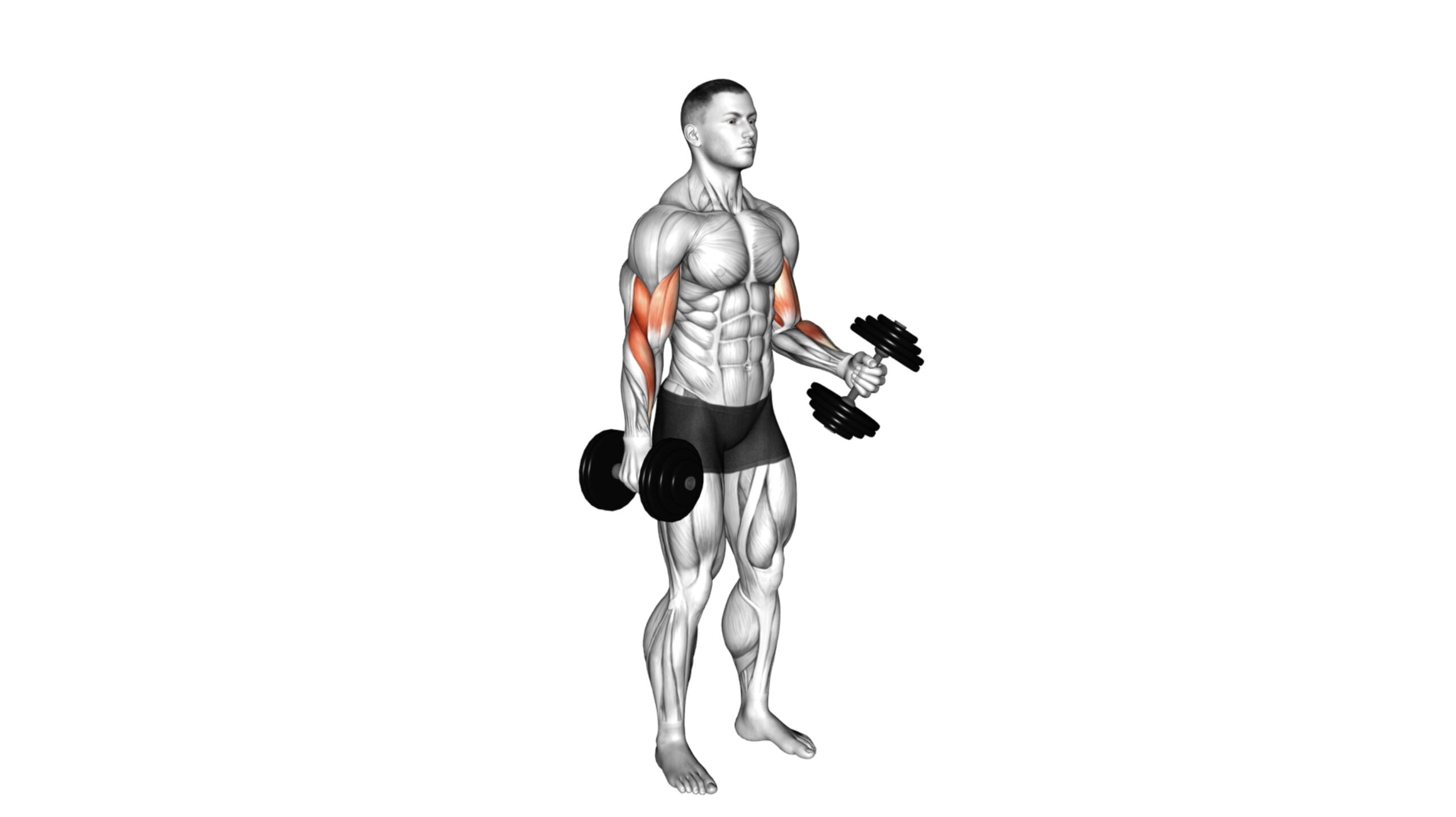
Crafting the ultimate arm aesthetics often leads to a hyperfocus on overall bicep size, with many fitness enthusiasts overlooking the strategic carving of their lower biceps. As an experienced personal trainer and strength coach, I’ve witnessed countless clients transform their upper arms’ appearance by targeting this specific region.
Building well-defined lower biceps isn’t just about aesthetics; it’s crucial for balanced muscle development, enhancing both function and form.
Did you know that the ‘lower biceps’ refer to the area near your elbow joint where the muscle appears fuller when flexed? Engaging in targeted lower bicep exercises can significantly contribute to total arm definition and improve elbow stability.
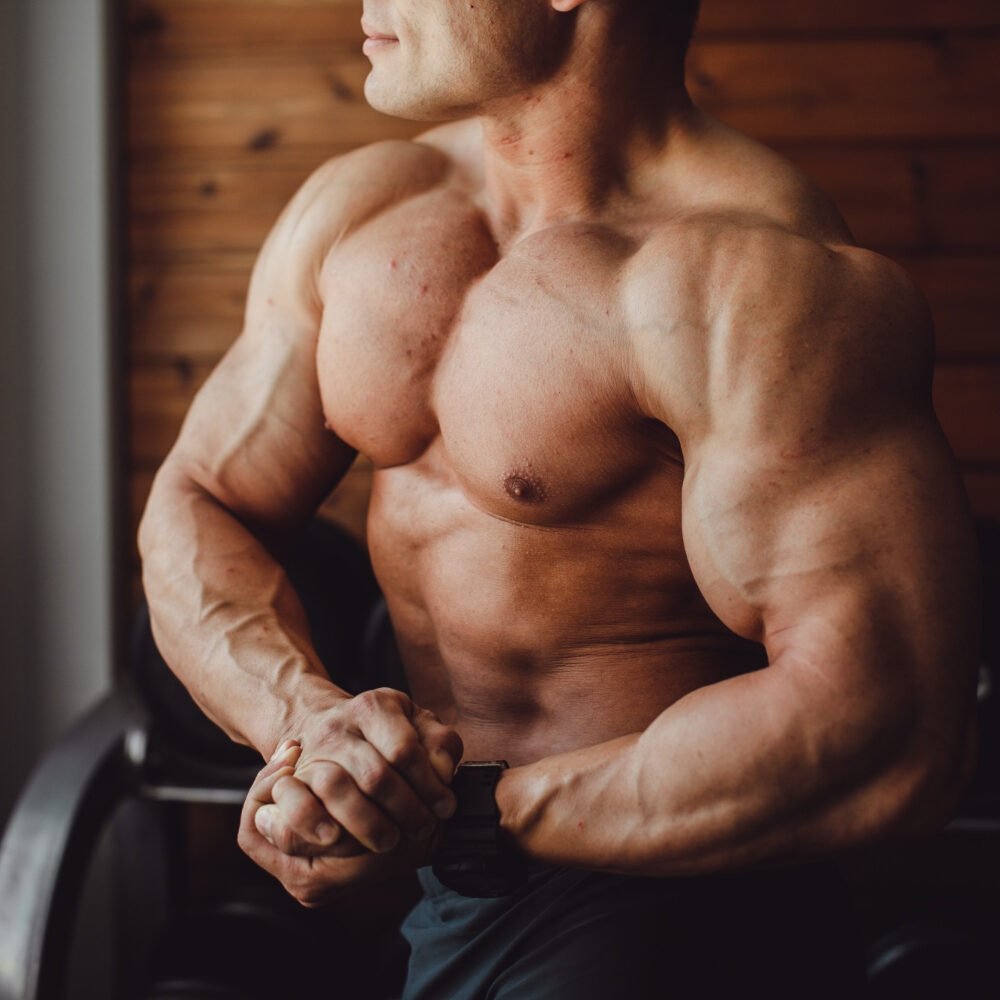
This guide unpacks 10 meticulously curated movements guaranteed to chisel your arms like never before. Let’s dive into sculpting those peaks for steel-like cables running down your forearms!
Key Takeaways
- Targeting the lower biceps, which include the brachialis and brachioradialis muscles, is essential for balanced arm strength and aesthetics.
- Variety in your workout routine with different grips and a mix of free weights and cable curls stimulates all parts of the bicep muscle for comprehensive development.
- Proper technique is crucial to maximize muscle engagement during lower bicep exercises, including controlled movements and maintaining elbow position.
- Repetition range should be between 8 – 12 per set to promote muscle hypertrophy in the lower biceps area effectively.
- Incorporating a blend of dumbbell high curls, hammer preacher curls, cross-body hammer curls, alternate seated hammer curls, neutral grip cable biceps curls, barbell curls, and lever preacher curls will help craft well-defined lower arms.
What are Lower Biceps and Why are They Important?
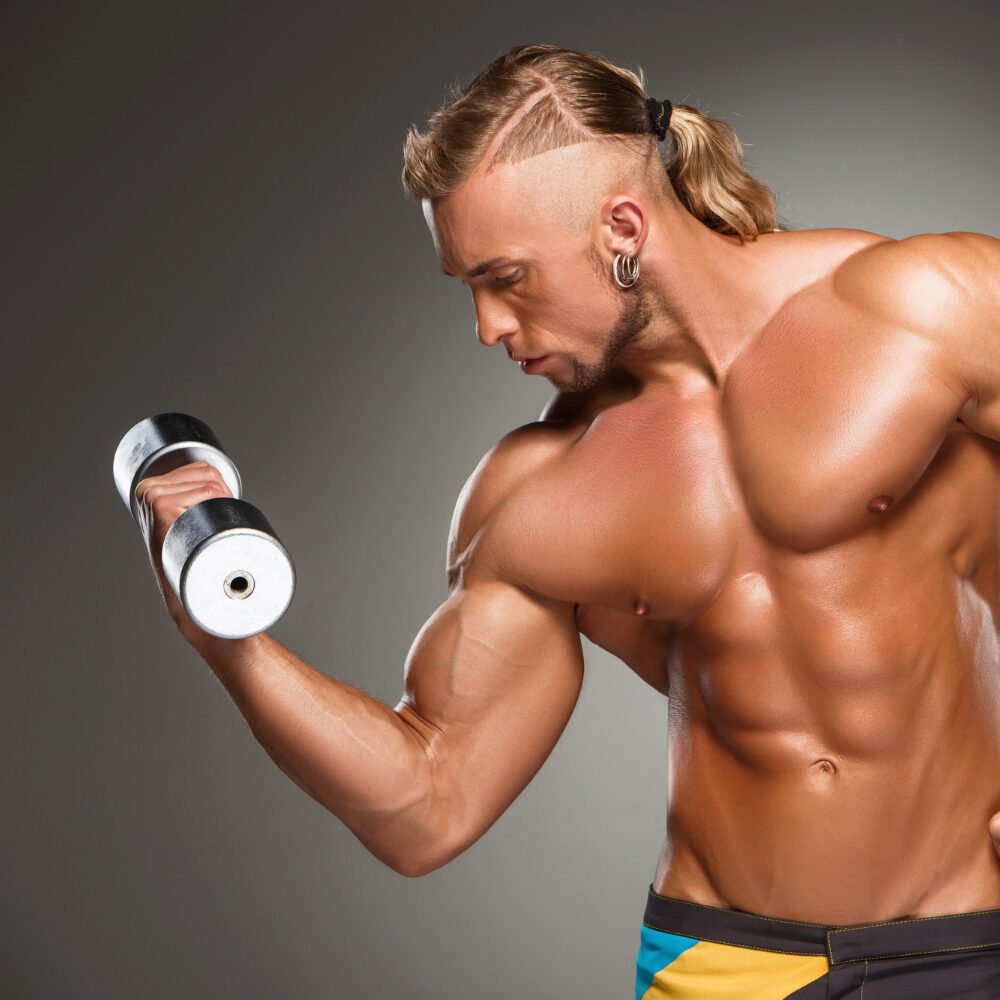
The lower biceps, specifically the brachialis and brachioradialis muscles, are crucial for overall arm strength and aesthetics. These muscles help with elbow flexion and play a significant role in various upper body exercises such as curls and pull-ups.
Strengthening the lower biceps not only enhances the appearance of the arms but also improves overall functional strength.
Anatomy of the biceps (short head and long head)
Your biceps brachii muscle flexes the elbow and turns your palms up, a motion known as supination. This powerful upper-arm muscle splits into two sections: the short head and the long head.
Picture them as strong twin cables running from your shoulder blade to the radius bone in your forearm. Both heads work together whenever you curl weights or pull yourself up on a chin-up bar, but each has its own unique starting point above your shoulder joint.
The short head of the biceps begins at a knob-like structure on your scapula called coracoid process, while the long head starts further back at another portion of the scapula known as glenoid cavity’s lip.
Understanding these origins is crucial for targeting exercises that emphasize one part over another, such as preacher curls focusing more on tension in the long head or hammer curls engaging both equally for balanced growth and strength training outcomes.
Knowing their anatomy can help you visualize how they contract during each rep of bicep curls or pull-ups, maximizing muscle engagement for sculpted arms.
How to Build Lower Biceps: Attack from All Angles
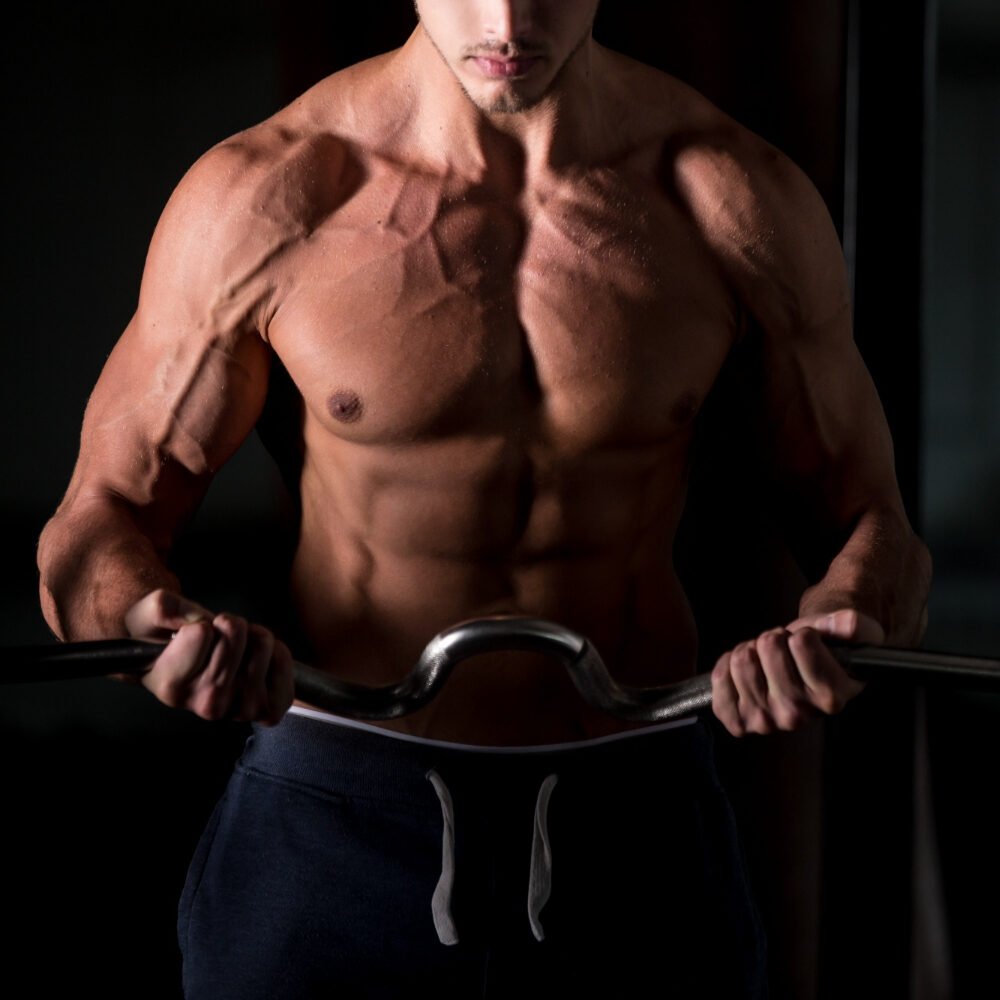
To build lower biceps effectively, it’s crucial to attack them from different angles with a variety of exercises. This ensures that all areas of the lower bicep muscles are engaged and stimulated for maximum growth.
For more details on how to achieve sculpted arms through lower bicep exercises, keep reading!
Importance of variety in bicep workouts
Mixing up your bicep workouts is crucial for muscle growth and preventing plateaus. Different exercises target the muscle from various angles, stimulating fibers that might not be engaged through a standard curl.
Incorporating both supinated and pronated grips, as well as alternating between free weights and cable curls, ensures comprehensive development of the biceps muscles. Variety also helps reduce the risk of overuse injuries by distributing the workload across different tendons and joint angles.
Diversity in your routine keeps both your mind and body guessing; this approach sparks hypertrophy, leading to impressive muscular gains over time. Switching among dumbbell curls, barbell curls, preacher curls, concentration curls, and reverse curls can yield better strength conditioning while sculpting well-defined arms.
Engage in these varied movements with intention—all aimed at fortifying those coveted lower biceps for a balanced physique that radiates strength from every angle.
4 key rules for building bigger lower biceps
Building bigger lower biceps isn’t just about lifting weights; it’s a strategic process that involves focus and precision. To see noticeable growth in this area, follow these essential rules during your workouts:
- Master Elbow Positioning: Start each curl with your elbows securely at your sides, preventing them from drifting forward or backward. This stability allows the biceps to fully engage during the exercise and ensures you’re targeting the lower portion effectively.
- Vary Your Grip: Switch between different grips such as underhand, hammer, and reverse to hit all parts of the muscles. Overloading these variations encourages comprehensive development by activating not just the bicep brachii but also supporting muscles like the brachialis and forearm flexors.
- Control Tempo for Eccentric Overload: Focus on slowing down the lowering phase of your curls, because eccentric movements create greater muscle tears which are crucial for growth. Aim to take twice as long to lower the weights as you do to curl them up.
- Prioritize Progressive Overload: Gradually increase weight or reps over time to challenge your muscles constantly. Without progressive overload, muscles adapt and stop growing, so keep pushing your limits in a safe manner with proper form.
The Top 10 Lower Bicep Exercises
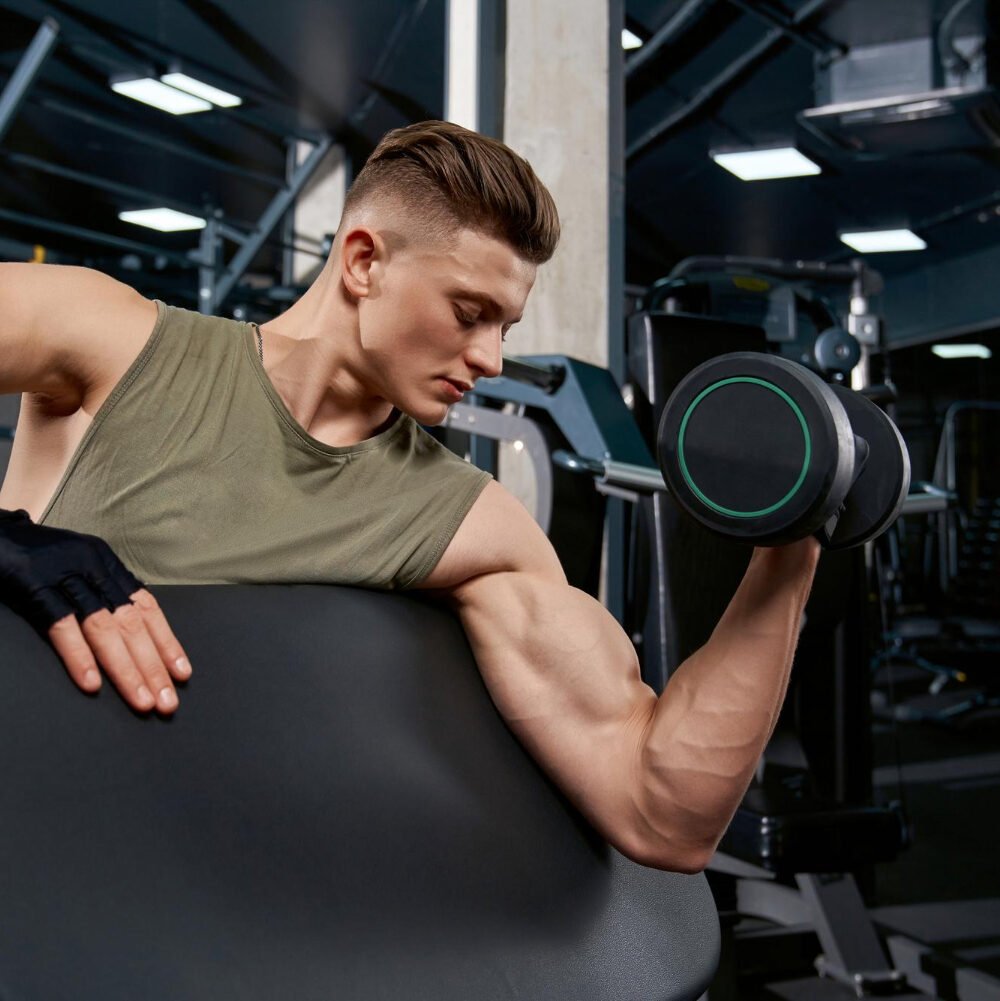
Explore a variety of lower bicep exercises to target and sculpt your arms, including dumbbell high curls, cable neutral grip biceps curls, and lever preacher curls. Learn how to maximize your arm gains with these effective moves!
1. Dumbbell High Curl
Grab a pair of dumbbells and stand with your feet shoulder-width apart. Hold the dumbbells at arm’s length by your sides, palms facing forward. Keep your elbows close to your torso as you lift the dumbbells directly upwards, curling them toward your shoulders.
Pause briefly at the top of the movement and then slowly lower the weights back down to starting position.
Engage your biceps throughout the exercise and avoid swinging or using momentum to lift the weights. This exercise effectively targets the lower portion of your biceps, helping to build strength and definition in this area.
2. Dumbbell Hammer Preacher Curl
To perform the dumbbell hammer preacher curl, sit on a preacher bench and hold a dumbbell in each hand, palms facing inward. Flex your elbows to lift the weights toward your shoulders.
Lower them back down slowly to complete the rep. This exercise targets the brachialis muscle, promoting growth in the lower biceps for better overall arm development.
Engage your forearms by squeezing and holding at the top of each repetition before returning to the starting position. With its focus on flexion and extension movements, this exercise is an effective isolation exercise for building strength in the lower biceps while also enhancing grip strength.
3. Dumbbell Cross Body Hammer Curl
Transitioning from the Dumbbell Hammer Preacher Curl, the Dumbbell Cross Body Hammer Curl also targets the lower biceps. This exercise involves curling a dumbbell across your body from one side to the other, engaging not only the biceps but also challenging stability and control.
Maintaining proper form is crucial for targeting the lower biceps effectively with this exercise. Stand tall with a dumbbell in each hand at your sides, then curl one arm upward and across your body towards the opposite shoulder while keeping your elbow close to your torso.
Alternate arms as you perform controlled repetitions to maximize engagement of the lower bicep muscles.
4. Dumbbell Alternate Seated Hammer Curl
Sit on a bench with your back straight and feet flat on the floor. Hold a dumbbell in each hand, palms facing each other. Curl one dumbbell toward your shoulder while keeping the other arm stationary.
Lower the first dumbbell to its starting position and repeat with the other arm. This exercise targets the lower biceps, promoting balanced growth in both arms.
Ensure proper form by keeping your elbows close to your sides throughout the movement. Avoid using momentum to swing the weights up, instead focus on controlled movements for maximum effectiveness.
5. Dumbbell Alternate Biceps Curl
In a seamless transition from seated hammer curls, dumbbell alternate biceps curls take your arm workout to the next level by engaging each bicep independently. This exercise helps in building symmetrical and balanced strength in both arms while also targeting the lower portion of the biceps for overall muscle development.
Start with a pair of dumbbells at your sides, then curl one up towards your shoulder while keeping the other arm stationary. Keep alternating between arms for a complete set, ensuring controlled movements and full range of motion to maximize results.
6. Cable Neutral Grip Biceps Curl
The cable neutral grip biceps curl is an excellent exercise for targeting the lower part of the biceps. To perform this exercise, stand facing the cable machine and grasp the handles with a neutral (palms facing each other) grip.
Keep your elbows close to your sides as you curl the handles upward, focusing on squeezing your biceps at the top of the movement. Lower back down with control to complete one repetition.
This exercise effectively isolates and engages the lower portion of your biceps while also recruiting stabilizing muscles in your forearms and shoulders. By incorporating this movement into your workout routine, you can effectively develop strength and definition in your lower biceps, contributing to a well-rounded arm development.
7. Cable Curl
The cable curl is an effective lower bicep exercise that targets the short head of the biceps. Start by attaching a straight bar or EZ-bar to the low pulley and grab it with an underhand grip.
Keep your elbows close to your sides as you curl the bar towards your shoulders, focusing on contracting your biceps throughout the movement. This exercise provides constant tension on the lower portion of the biceps, promoting muscle growth and strength.
Moving on from cable curls, let’s delve into another powerful lower bicep exercise – Barbell Curl.
8. Barbell Curl
The barbell curl is a foundational exercise that targets the lower biceps effectively. Grasp the bar with an underhand grip, keeping your arms shoulder-width apart to engage the outer portion of your biceps.
Lift the bar in a controlled motion, focusing on squeezing your biceps at the top of the movement for optimal contraction.
To intensify this exercise and place more emphasis on the lower biceps, use a narrower grip when holding the bar. As you lift, concentrate on maintaining strict form and avoid swinging or using momentum to raise the weight.
9. Barbell Alternate Biceps Curl
Grab a barbell with an underhand grip and let it hang at arm’s length. Keep your chest up, shoulders back, and head facing forward. Without moving your upper arms, curl the barbell as close to your shoulders as possible.
Pause for a moment at the top of the movement and then lower the bar back to starting position in a controlled manner.
Alternate between both arms in a smooth, coordinated motion. Focus on keeping your body stable without swaying or using momentum to lift the weight. Maintain proper form throughout by engaging your biceps while minimizing involvement of other muscle groups.
10. Lever Preacher Curl (plate loaded)
Perform the lever preacher curl using a plate-loaded machine to target and isolate your lower biceps. Sit on the bench with your chest against the pad, ensuring that your upper arms are placed firmly against the preacher bench.
Grasp the lever handles with an underhand grip and then slowly curl them upwards towards your shoulders, focusing on contracting your lower biceps throughout the movement. Lower the handles back down in a controlled manner to complete one repetition.
For an effective workout targeting your lower biceps, incorporate this exercise into your routine, aiming for 3 sets of 10-12 repetitions at a moderate weight. This exercise helps build strength and definition in this specific area of the bicep while minimizing involvement from other muscle groups.
Tips for Proper Form and Mistakes to Avoid
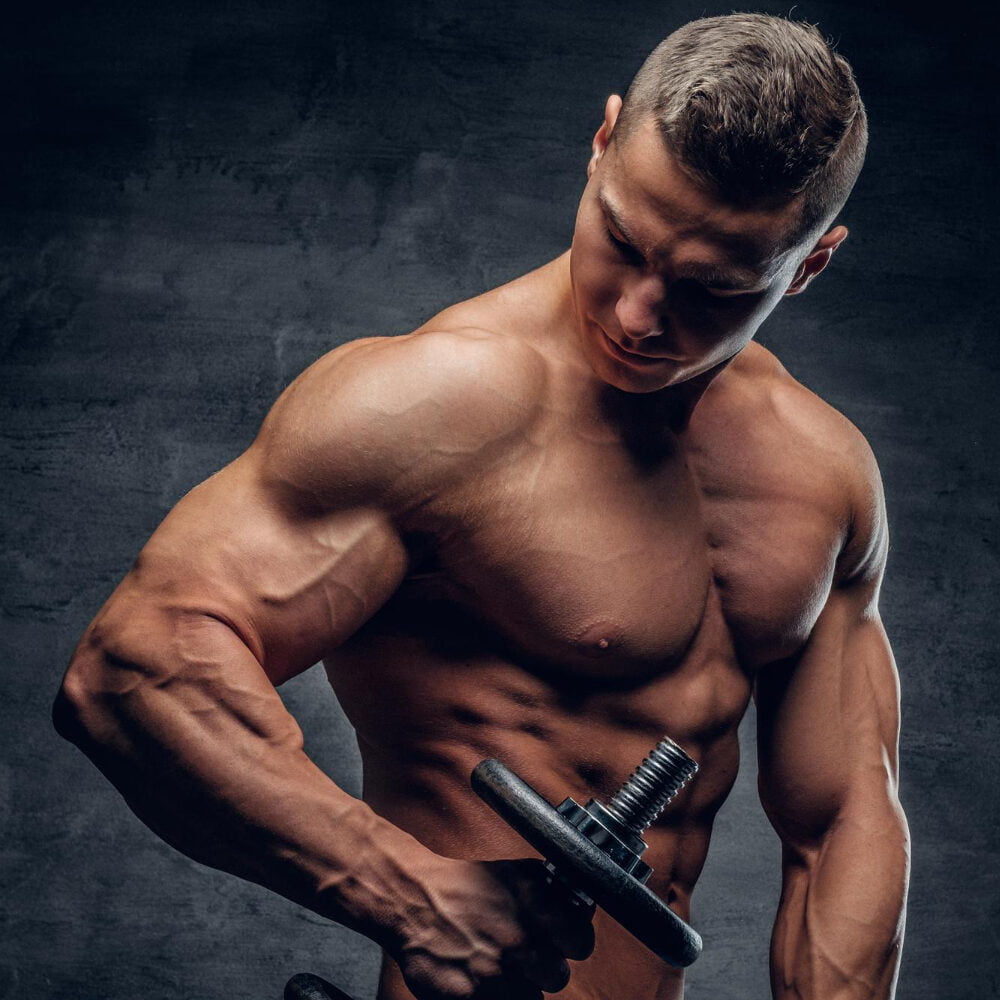
When performing lower bicep exercises, it’s important to maintain proper form and avoid common mistakes that can lead to injury or ineffective workouts. From breathing techniques to recommended rep ranges, these tips will help you maximize the results of your bicep workouts.
Breathing techniques
When performing bicep exercises, it’s crucial to focus on your breathing to optimize muscle engagement and overall performance. As you lift the weight, exhale through your mouth, and as you lower the weight, inhale through your nose.
This controlled breathing pattern helps stabilize your core and enhance oxygen flow to the working muscles.
To maximize results from lower bicep exercises, focus on maintaining steady breath control throughout each repetition. Doing so will help you maintain proper form, optimize energy transfer, and support greater endurance during challenging sets.
Common bicep exercise mistakes to avoid
Before diving into the common bicep exercise mistakes to avoid, it’s crucial to ensure that you’re not only performing the correct exercises but also executing them with proper form and technique. Here are some key mistakes to be mindful of when targeting your lower biceps:
- Avoid swinging: Maintain controlled movements throughout the exercise to prevent momentum from taking over, which can reduce the effectiveness of the workout.
- Elbow positioning: Keep your elbows in a stable position close to your body during curls; flaring them out can shift the focus away from the lower biceps.
- Over-reliance on momentum: Refrain from using excessive weight that forces you to use momentum instead of muscular strength, as this can lead to diminished engagement of the lower biceps.
- Neglecting full range of motion: Ensure that you’re completing each repetition through a full range of motion to effectively target and engage the lower bicep muscle fibers.
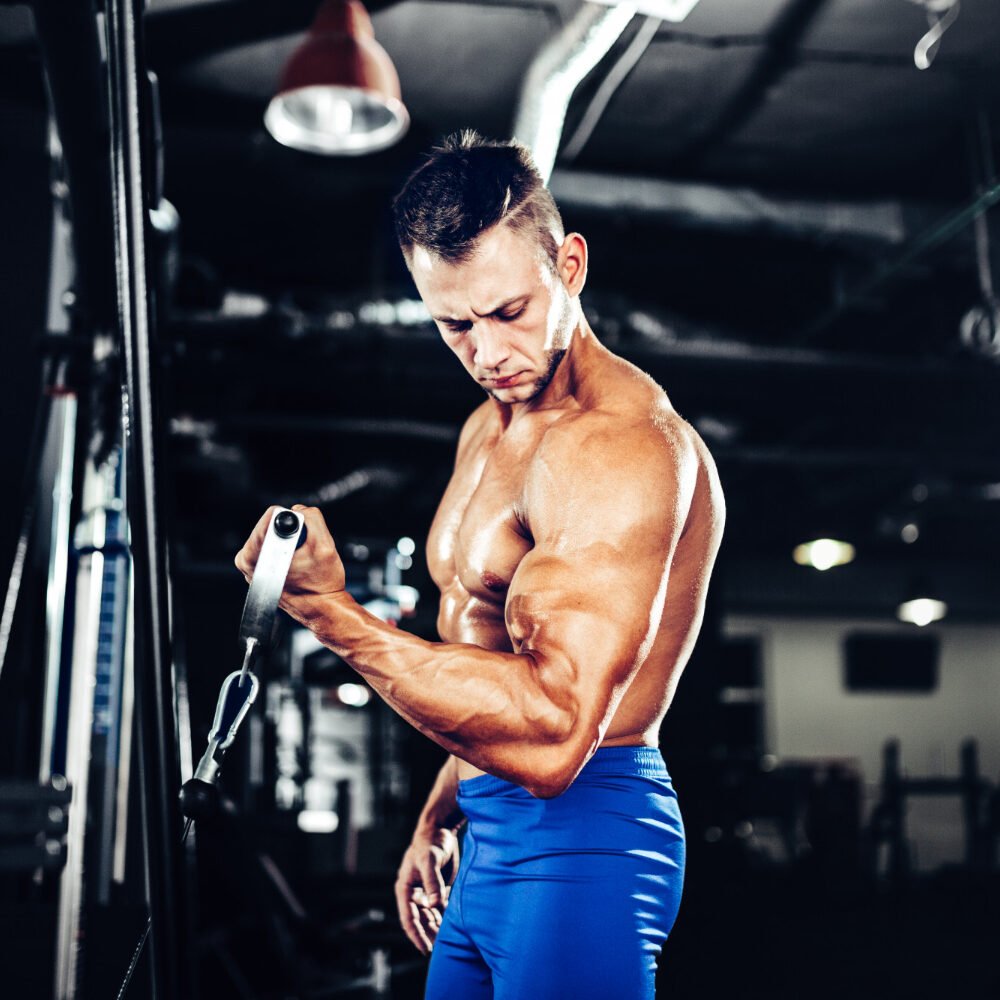
Recommended rep ranges for growth
To stimulate growth in the lower biceps, aim for 8-12 repetitions per set. This rep range promotes hypertrophy and encourages muscle development. Consistency is key, so ensure that you’re challenging yourself with a weight that allows you to complete at least 8 reps but not more than 12.
Sample bicep workout incorporating lower bicep exercises
To effectively target the lower biceps, incorporate the following exercises into your workout routine:
- Dumbbell High Curl: Stand with feet shoulder-width apart and hold a dumbbell in each hand. With palms facing up, curl the weights towards your shoulders, focusing on the lower portion of the movement.
- Dumbbell Hammer Preacher Curl: Sit on a preacher bench with a dumbbell in each hand. Perform hammer curls while keeping your upper arms pressed against the preacher bench to isolate the lower biceps.
- Dumbbell Cross Body Hammer Curl: Hold a dumbbell in each hand and perform hammer curls, crossing the weights from one side of your body to the other at the top of the movement for an extra lower bicep contraction.
- Dumbbell Alternate Seated Hammer Curl: Sit on a bench, holding a dumbbell in each hand with palms facing inwards. Alternate lifting the weights toward your shoulders using a hammer grip for lower bicep engagement.
- Dumbbell Alternate Biceps Curl: While standing, perform alternate bicep curls with a supinated grip to effectively work the lower biceps along with other muscle groups.
- Cable Neutral Grip Biceps Curl: Using a cable machine and a neutral grip attachment, stand straight and curl the bar towards your shoulders to engage and sculpt the lower bicep muscles.
- Cable Curl: Attach a straight bar or rope to a cable machine and perform standard curls targeting both heads of the biceps including an emphasis on the lower region.
- Barbell Curl: Stand with feet shoulder-width apart, holding a barbell with an underhand grip. Perform standard barbell curls focusing on squeezing at peak contraction to engage your lower biceps.
- Barbell Alternate Biceps Curl: Similar to using dumbbells but with better stability by alternately working each arm’s bicep muscle group all-round including focusing on developing bottom mass through full range motion when elbow is extended during eccentric phase
- Lever Preacher Curl (plate loaded): Sitting down resting arms over inclined Preacher bench performing plate-loaded Lever Preacher Curls targeting complete bottom boost development through fixed movement_planes which helps keeping constant tension aiding continuous ongoing stimulation for growth
Conclusion
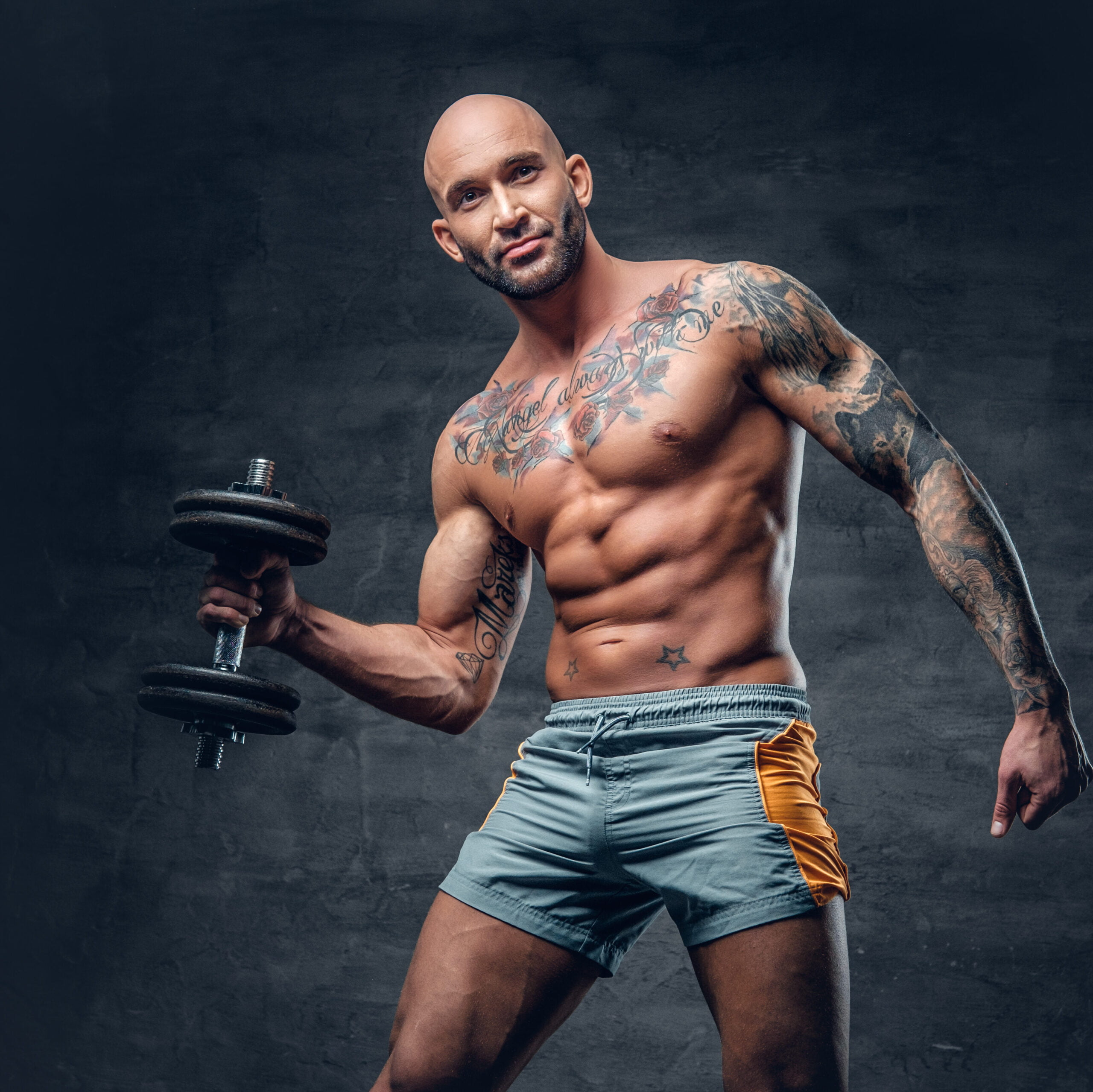
In conclusion, mastering lower bicep exercises is vital for sculpting defined arms. By incorporating the top 10 exercises and maintaining proper form, you can effectively target these muscles.
Emphasizing variety in your workouts and avoiding common mistakes will ensure efficient progress. Don’t overlook the importance of proper breathing techniques and recommended rep ranges for optimal growth.
Remember, consistency and dedication to these key rules will lead to noticeable results in your lower biceps over time.
FAQs
1. What exercises target the lower biceps for sculpting?
Isolation exercises like preacher curls and incline bench presses specifically target your lower biceps, aiding in achieving that sculpted look.
2. Are chin-ups effective for strengthening lower biceps?
Absolutely, chin-ups are a form of strength and conditioning exercise that not only work your back but also put significant tension on your biceps, including the lower part, as you pull yourself up.
3. Can I do these exercises at home without weights?
You sure can! Exercises such as pushups and inverted rows use your body weight to build muscle and can be easily done at home with minimal equipment like a sturdy pull-up bar.
4. How do wrist curls help in building my forearm muscles along with my biceps?
Wrist curls work wonders by focusing on elbow flexion and external rotation which engage both the forearms’ extensors and the lower part of your biceps for comprehensive arm strengthening.
5. Should I consult an exercise physiologist before starting these workouts?
If you’re new to weightlifting or have specific health concerns, it’s wise to seek advice from an exercise physiologist who can tailor a workout plan suited to your needs ensuring safety while you power through those sets.

Author
Years ago, the spark of my life’s passion ignited in my mind the moment I stepped into the local gym for the first time. The inaugural bead of perspiration, the initial endeavor, the very first surge of endorphins, and a sense of pride that washed over me post-workout marked the beginning of my deep-seated interest in strength sports, fitness, and sports nutrition. This very curiosity blossomed rapidly into a profound fascination, propelling me to earn a Master’s degree in Physical Education from the Academy of Physical Education in Krakow, followed by a Sports Manager diploma from the Jagiellonian University. My journey of growth led me to gain more specialized qualifications, such as being a certified personal trainer with a focus on sports dietetics, a lifeguard, and an instructor for wellness and corrective gymnastics. Theoretical knowledge paired seamlessly with practical experience, reinforcing my belief that the transformation of individuals under my guidance was also a reflection of my personal growth. This belief holds true even today. Each day, I strive to push the boundaries and explore new realms. These realms gently elevate me to greater heights. The unique combination of passion for my field and the continuous quest for growth fuels my drive to break new ground.





